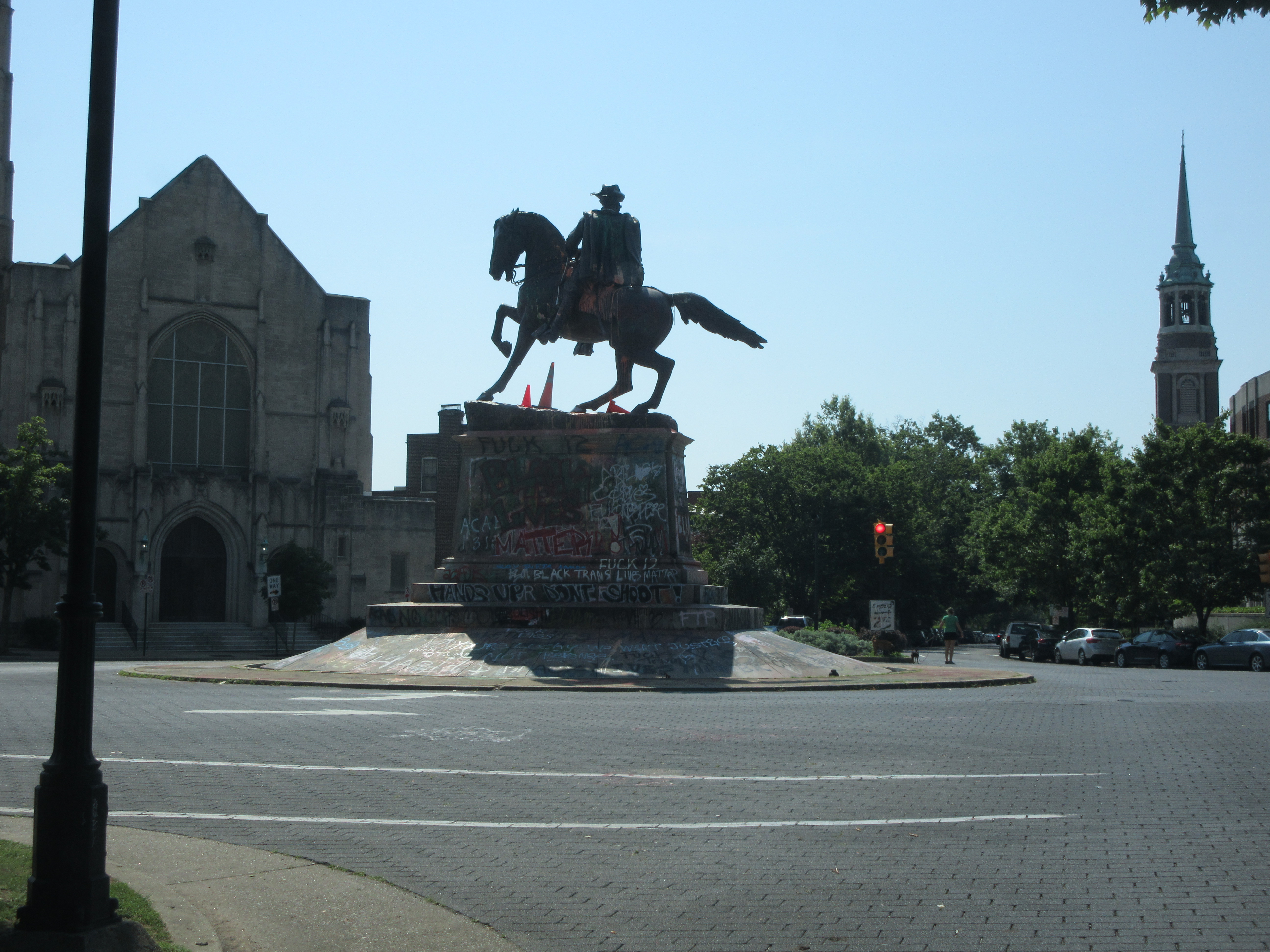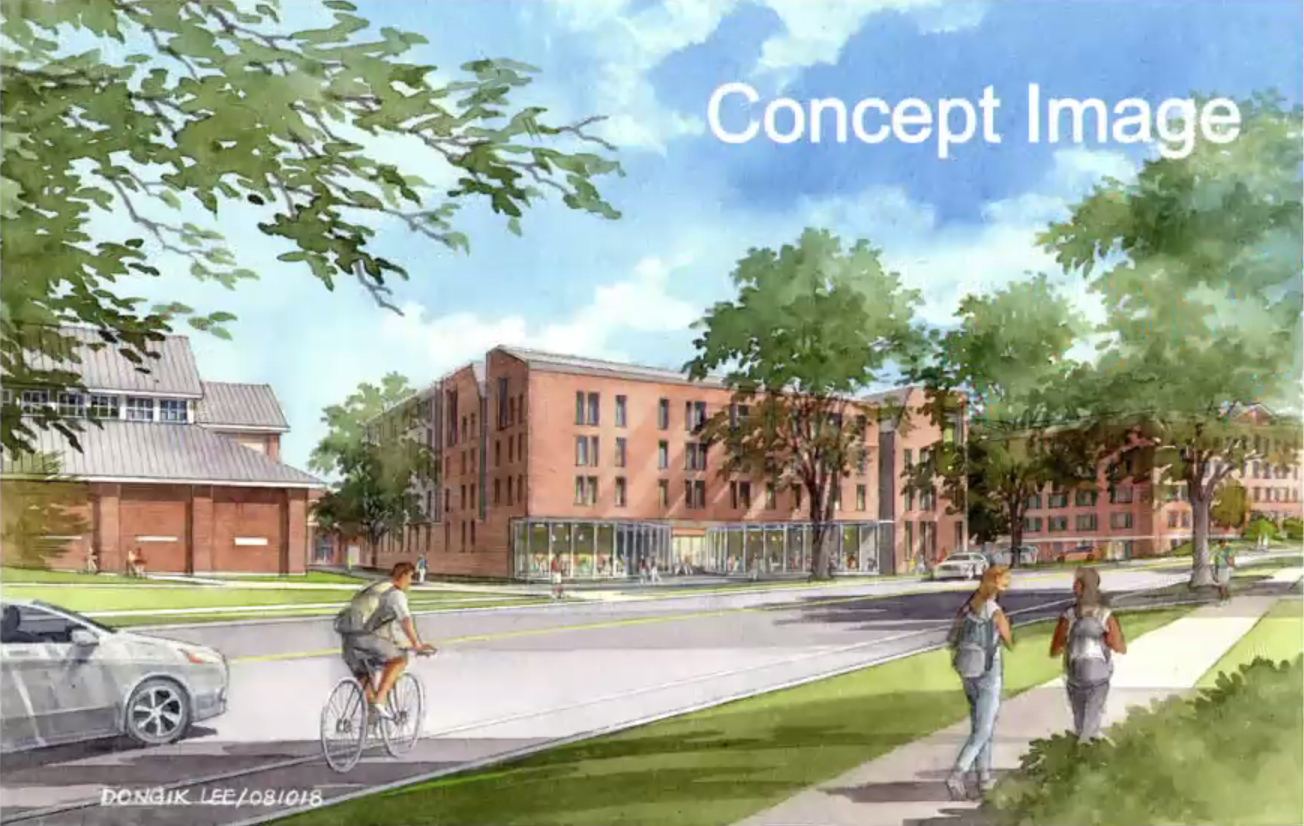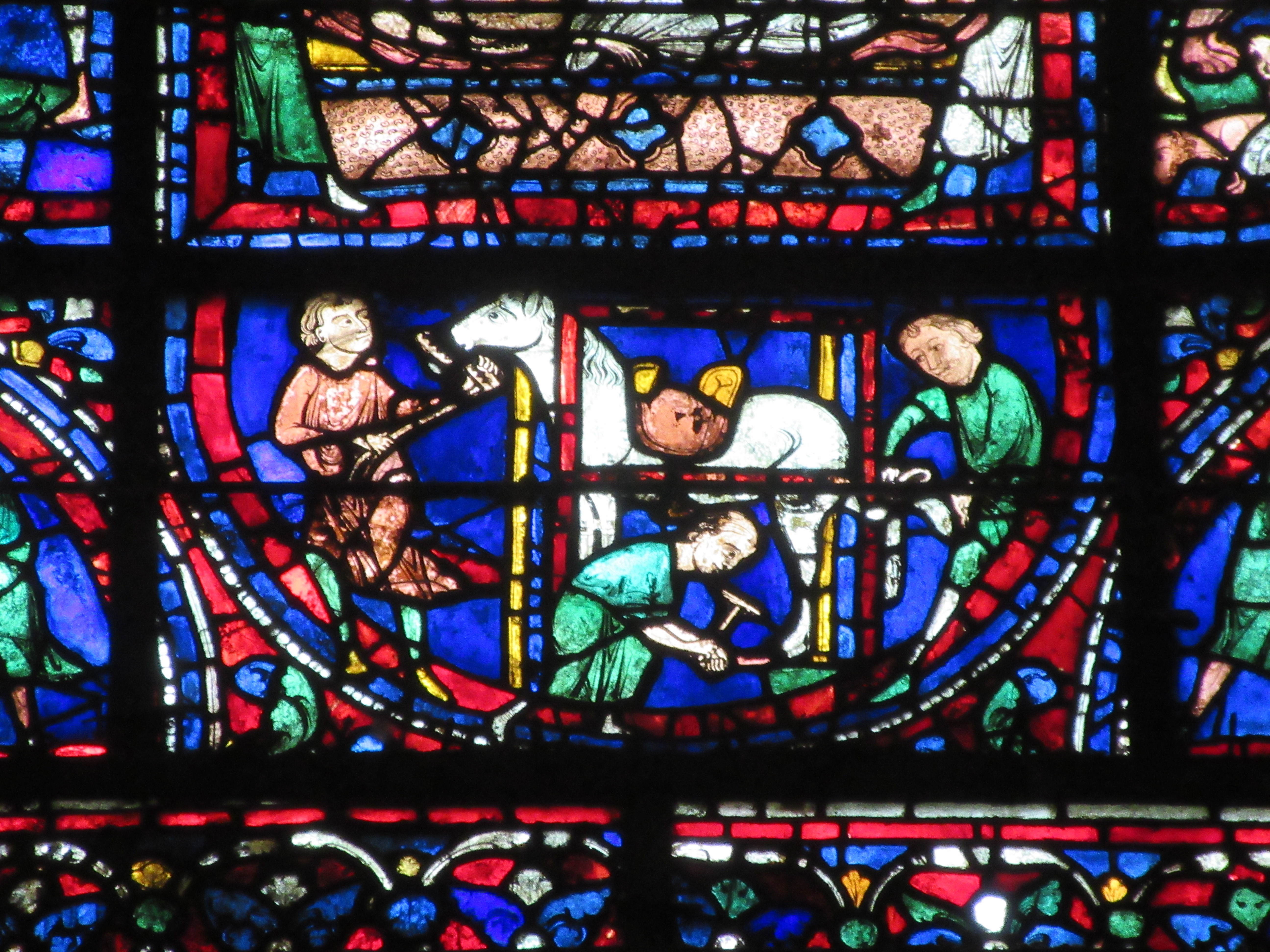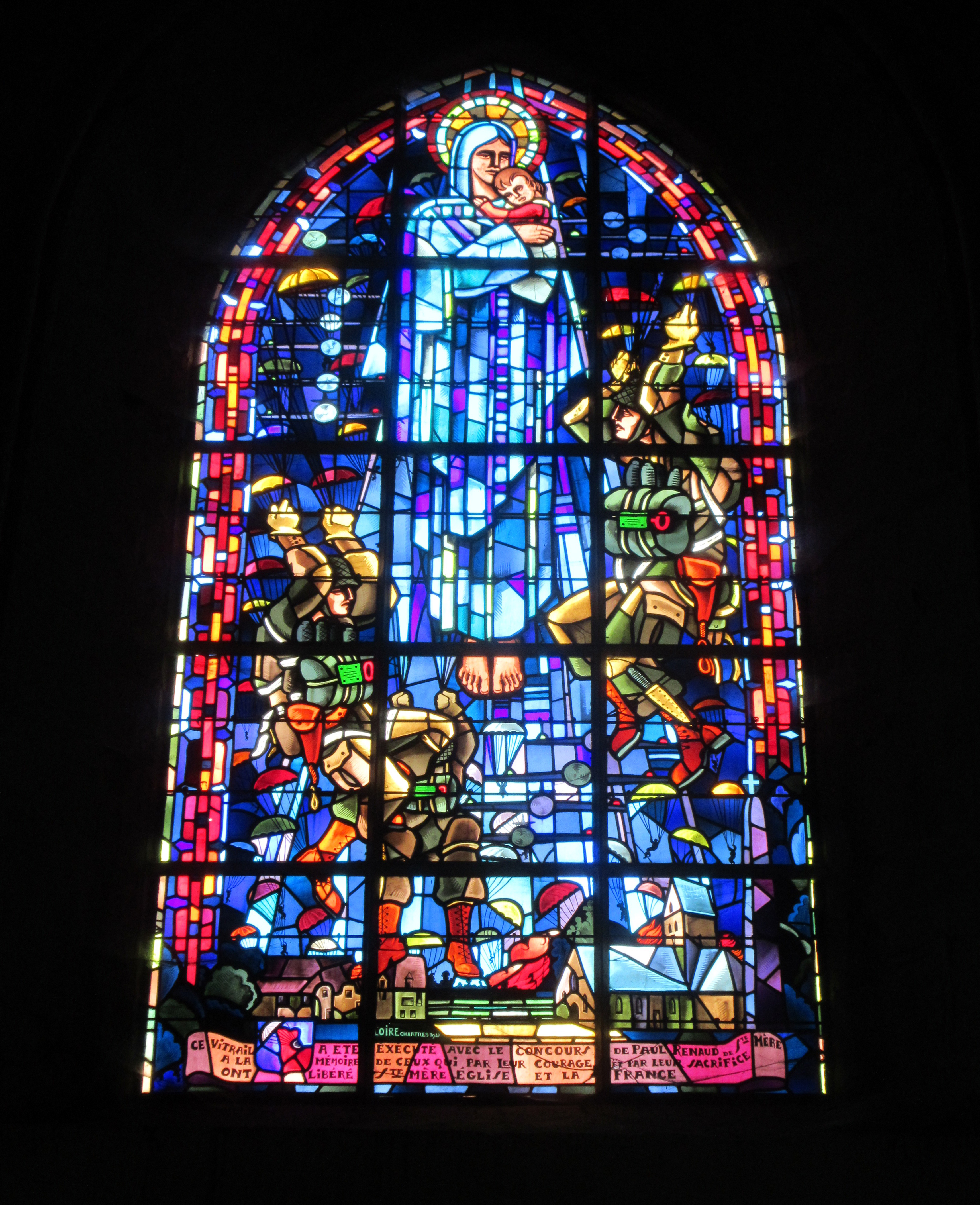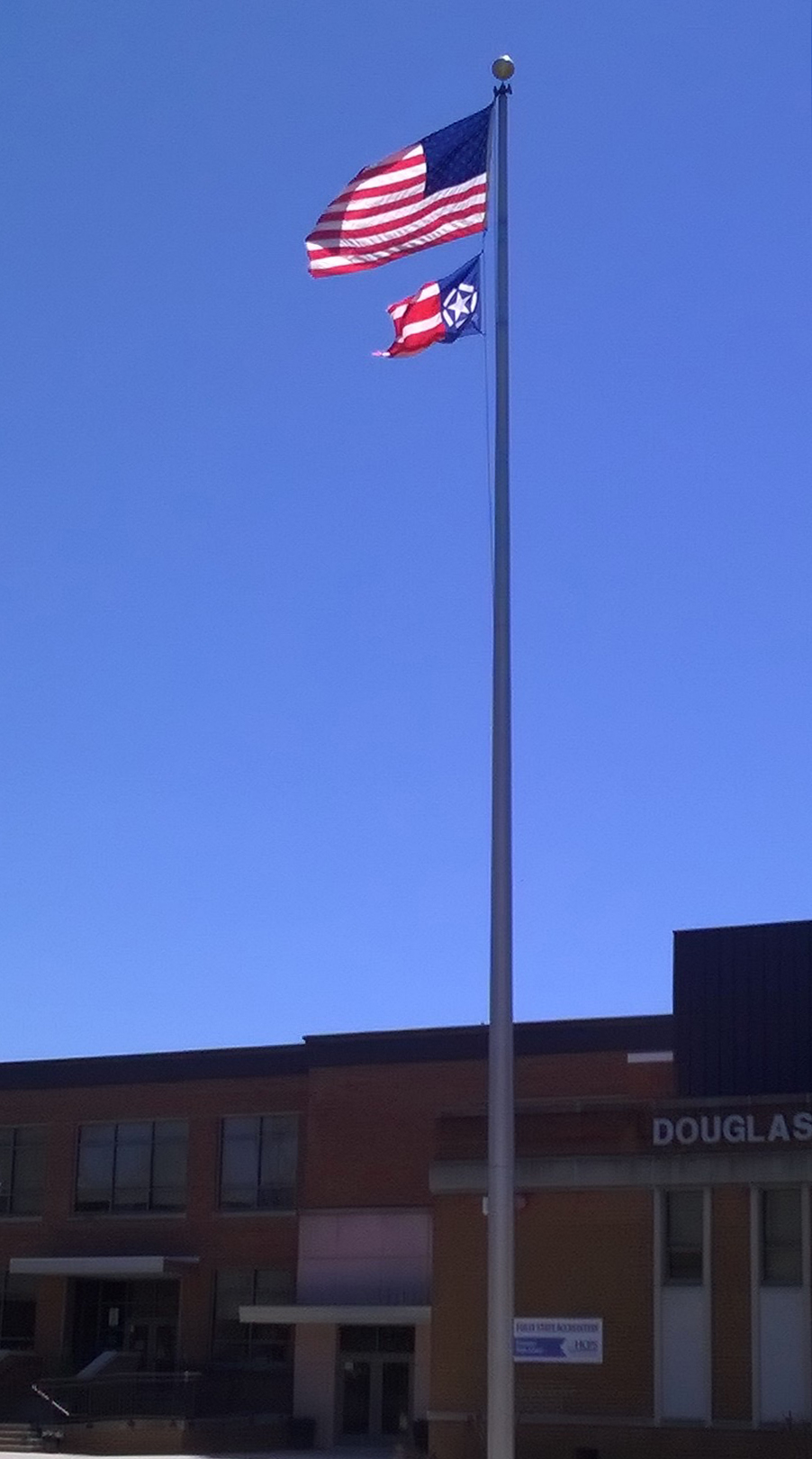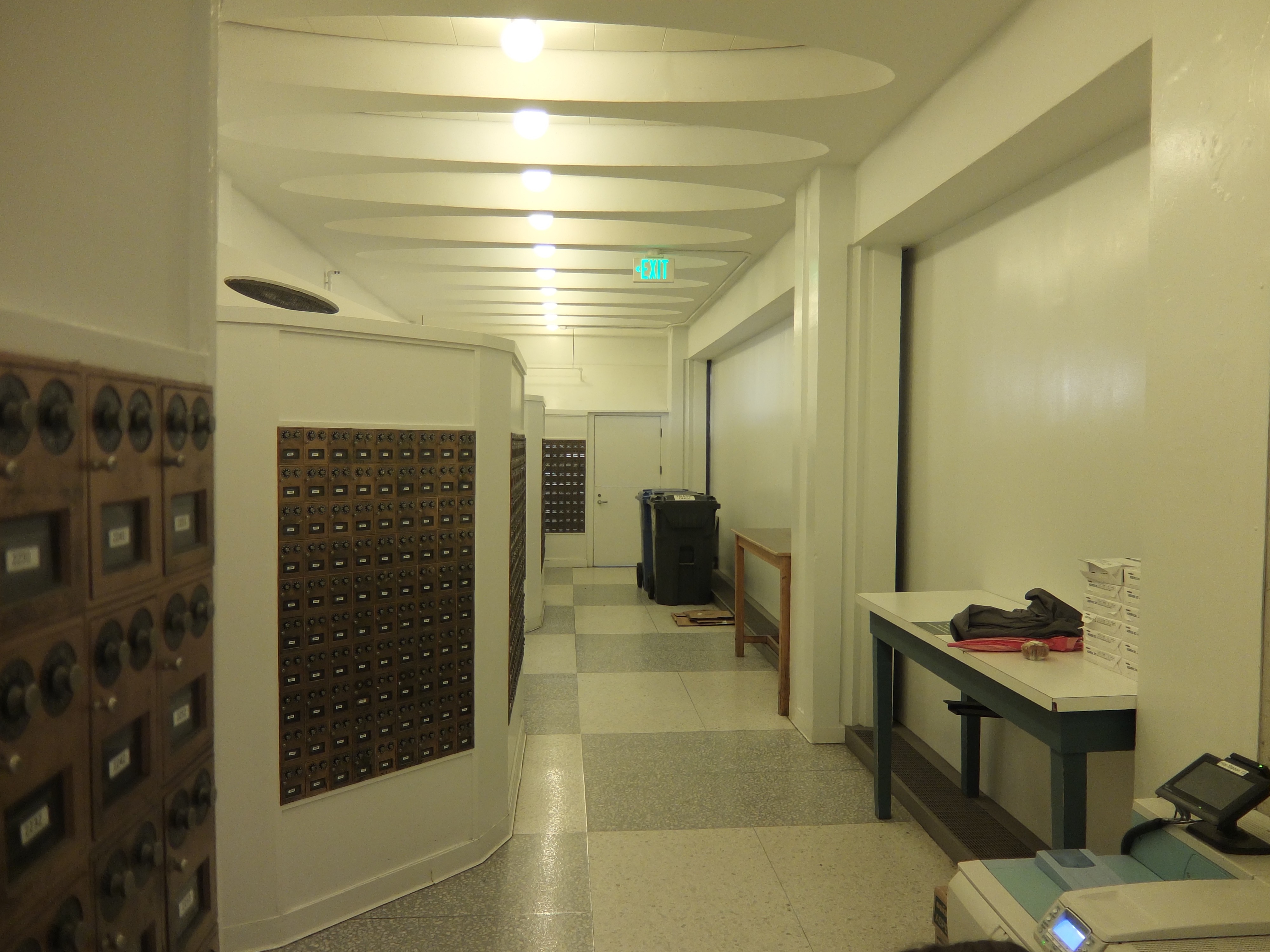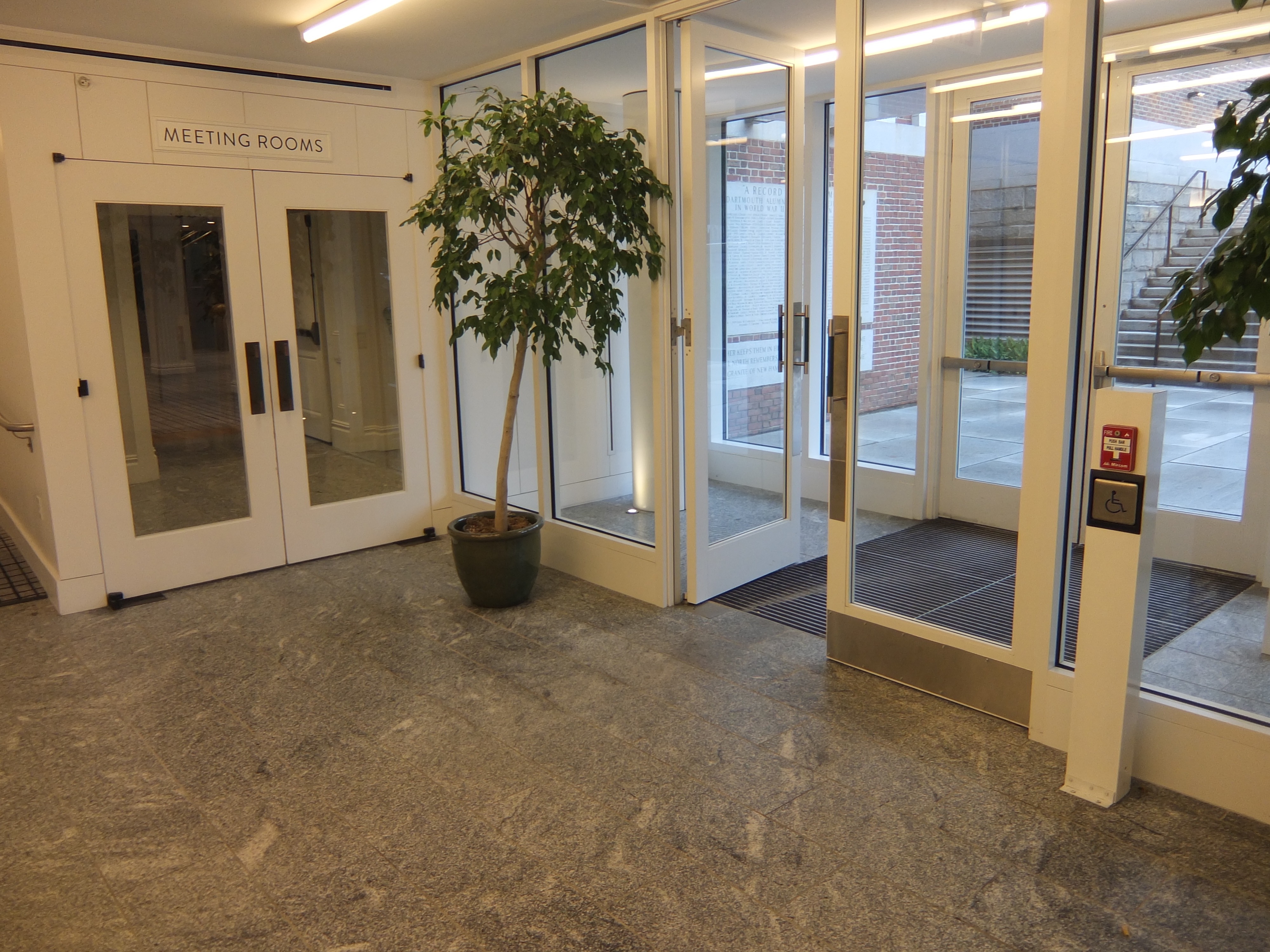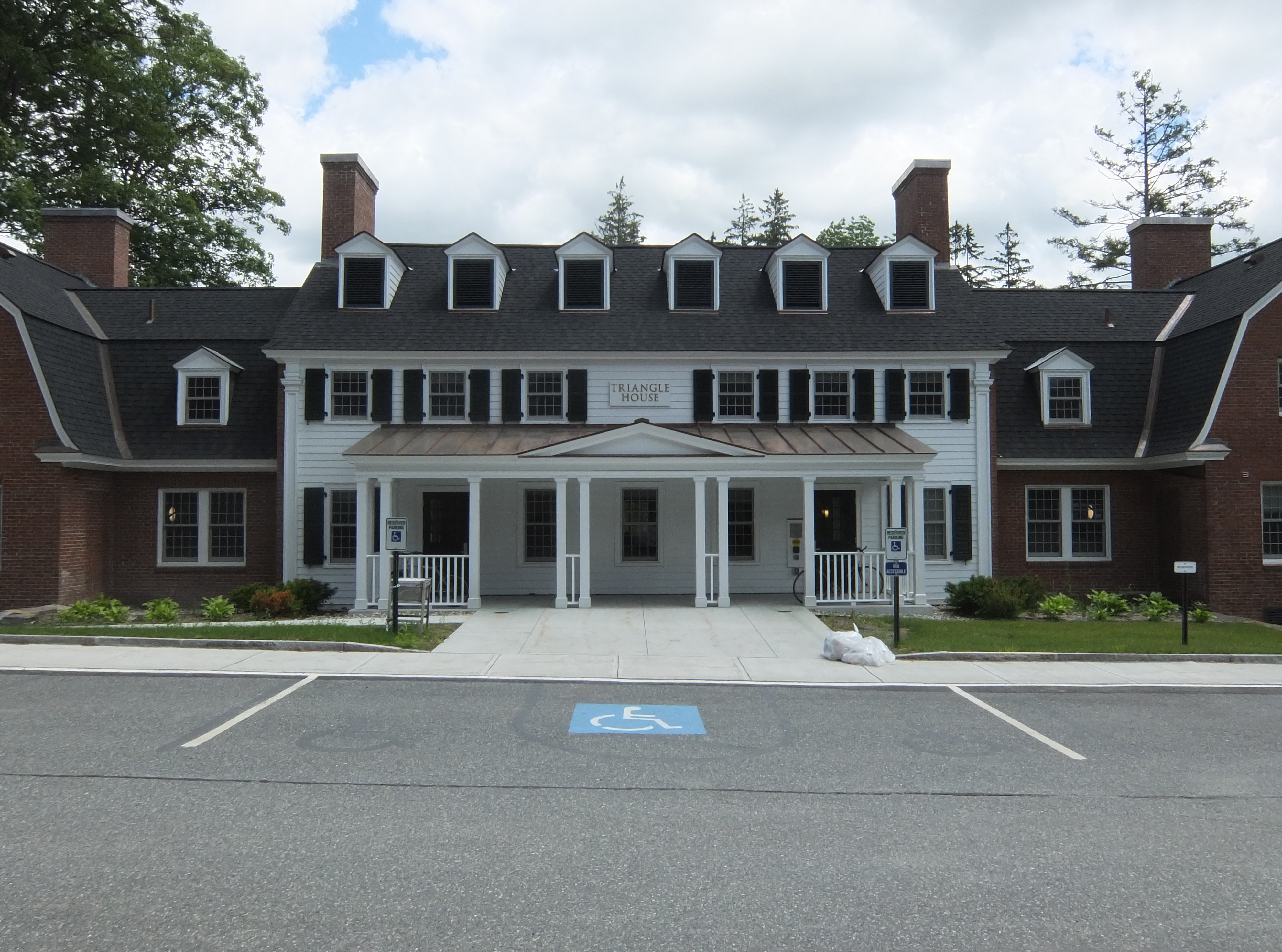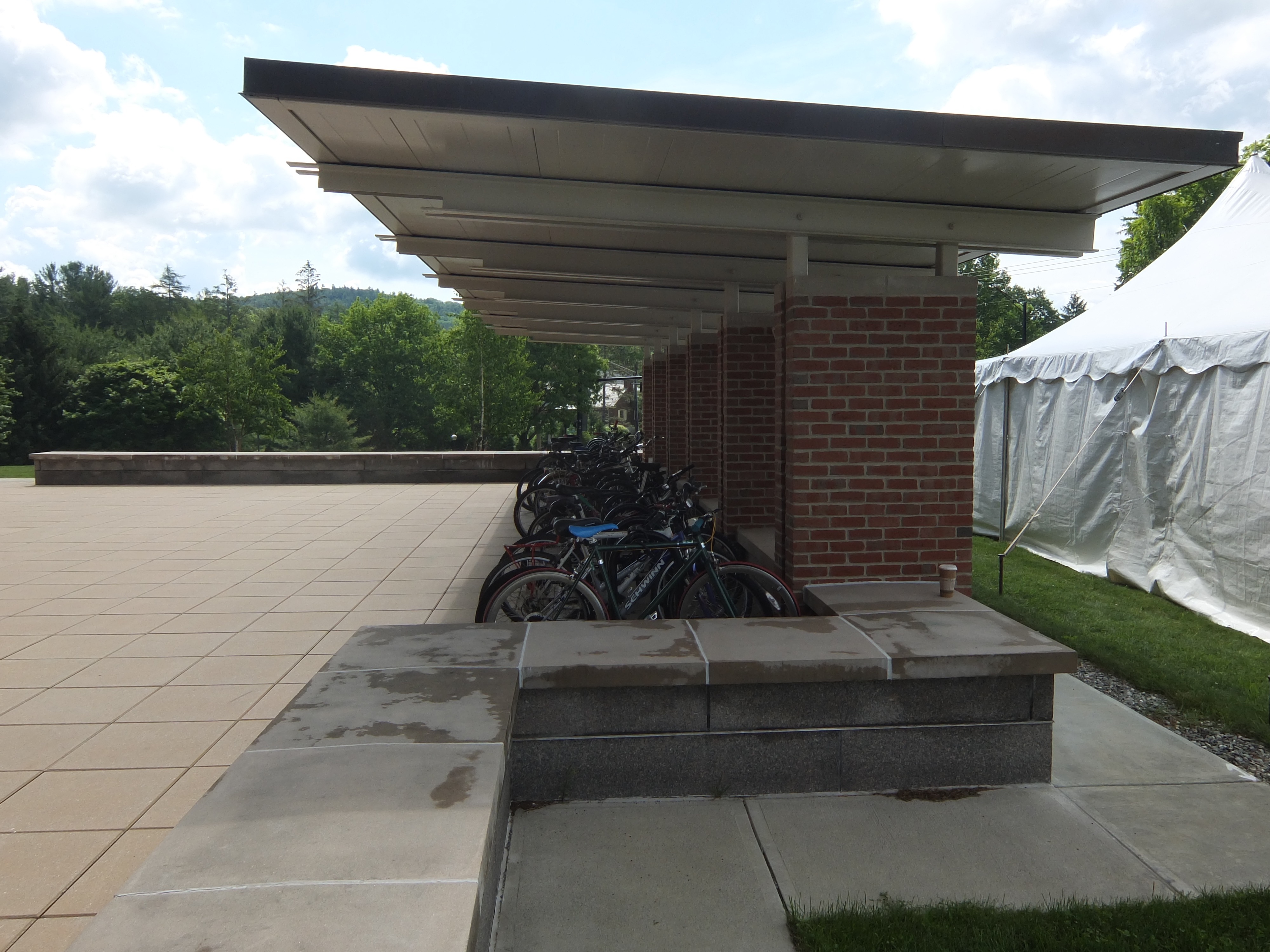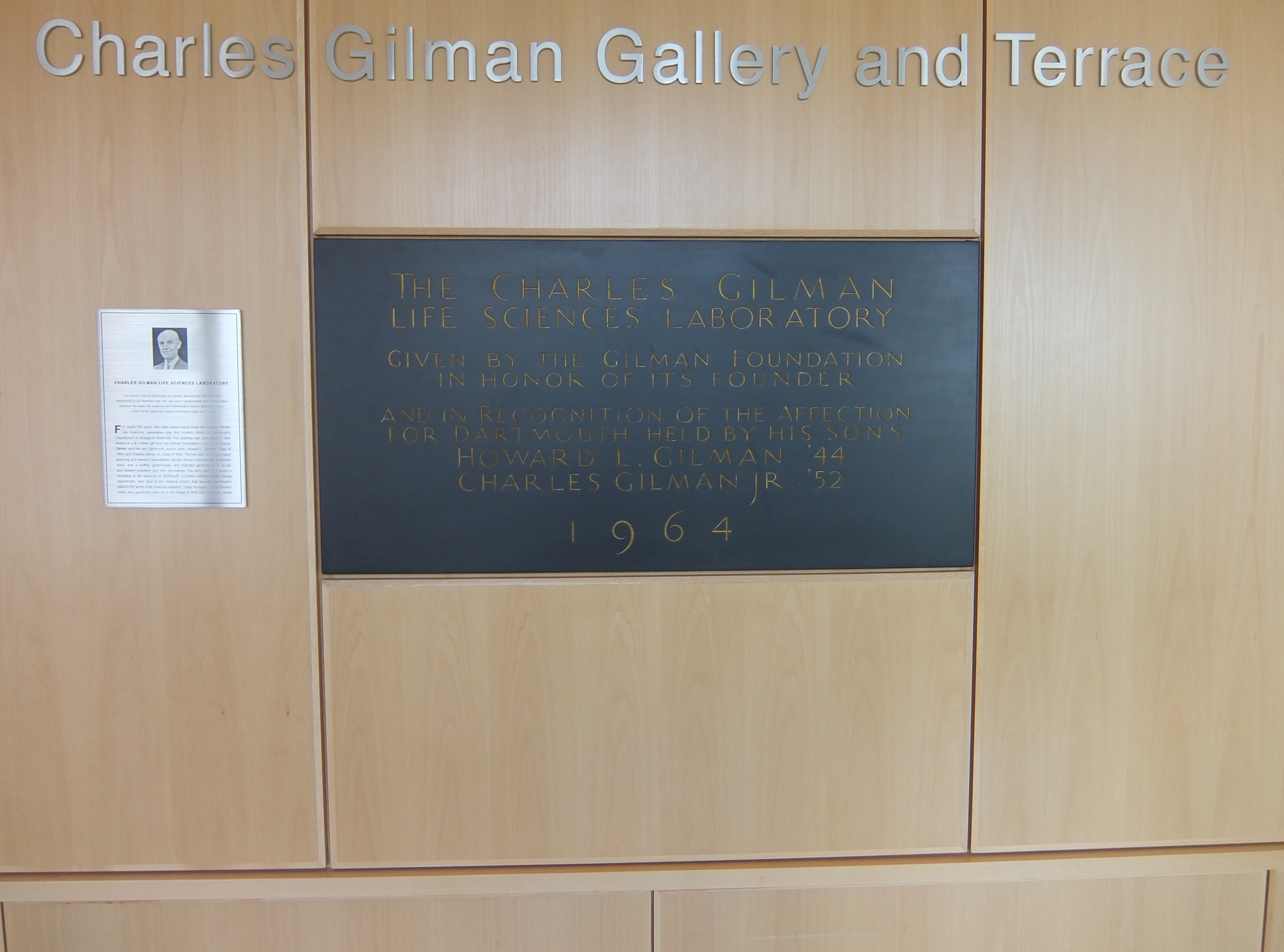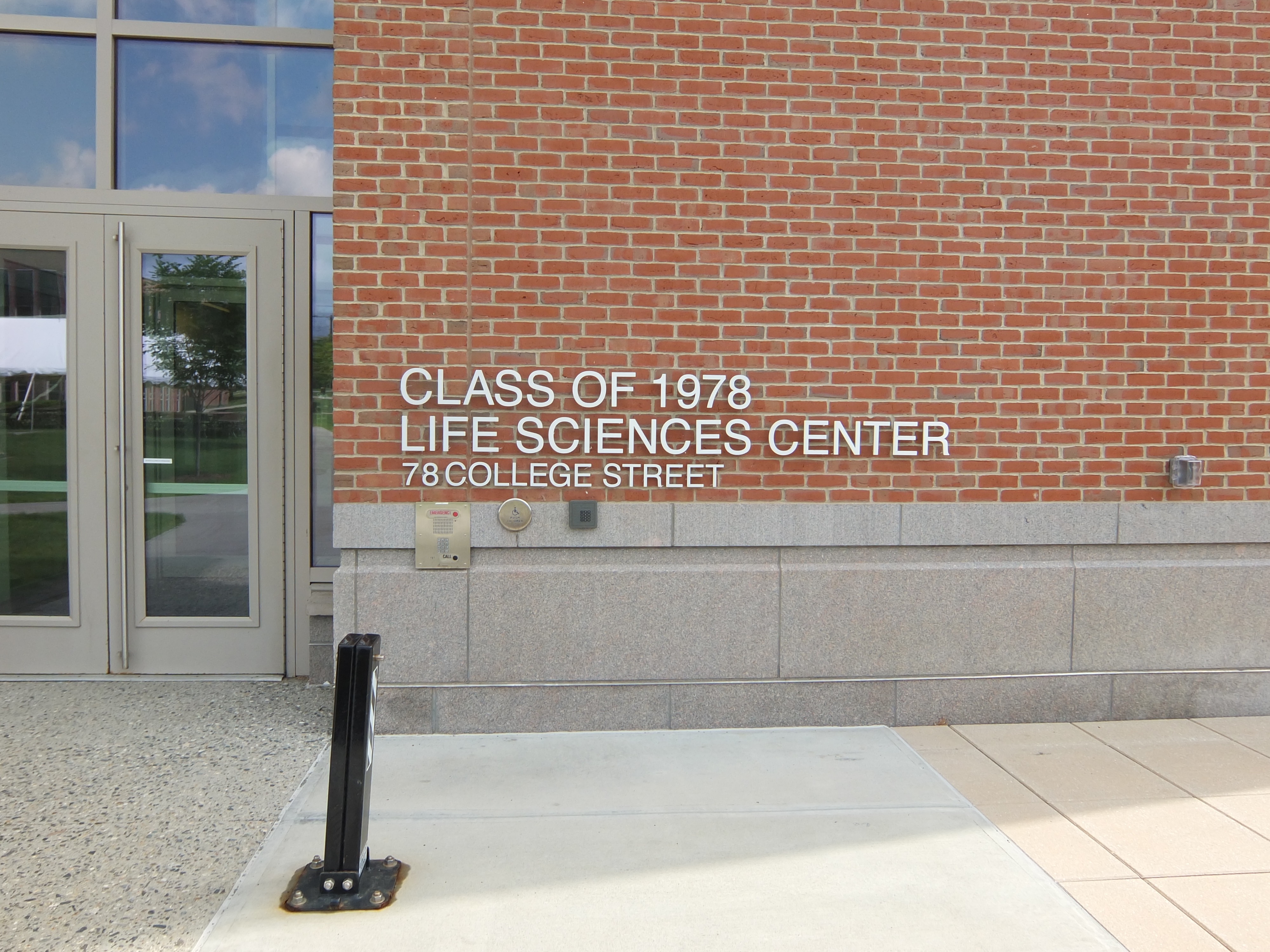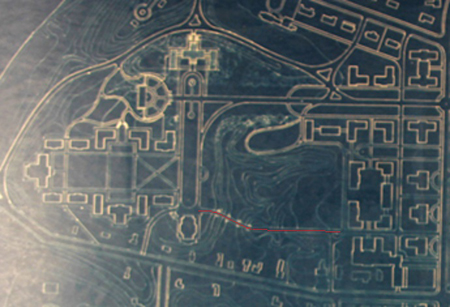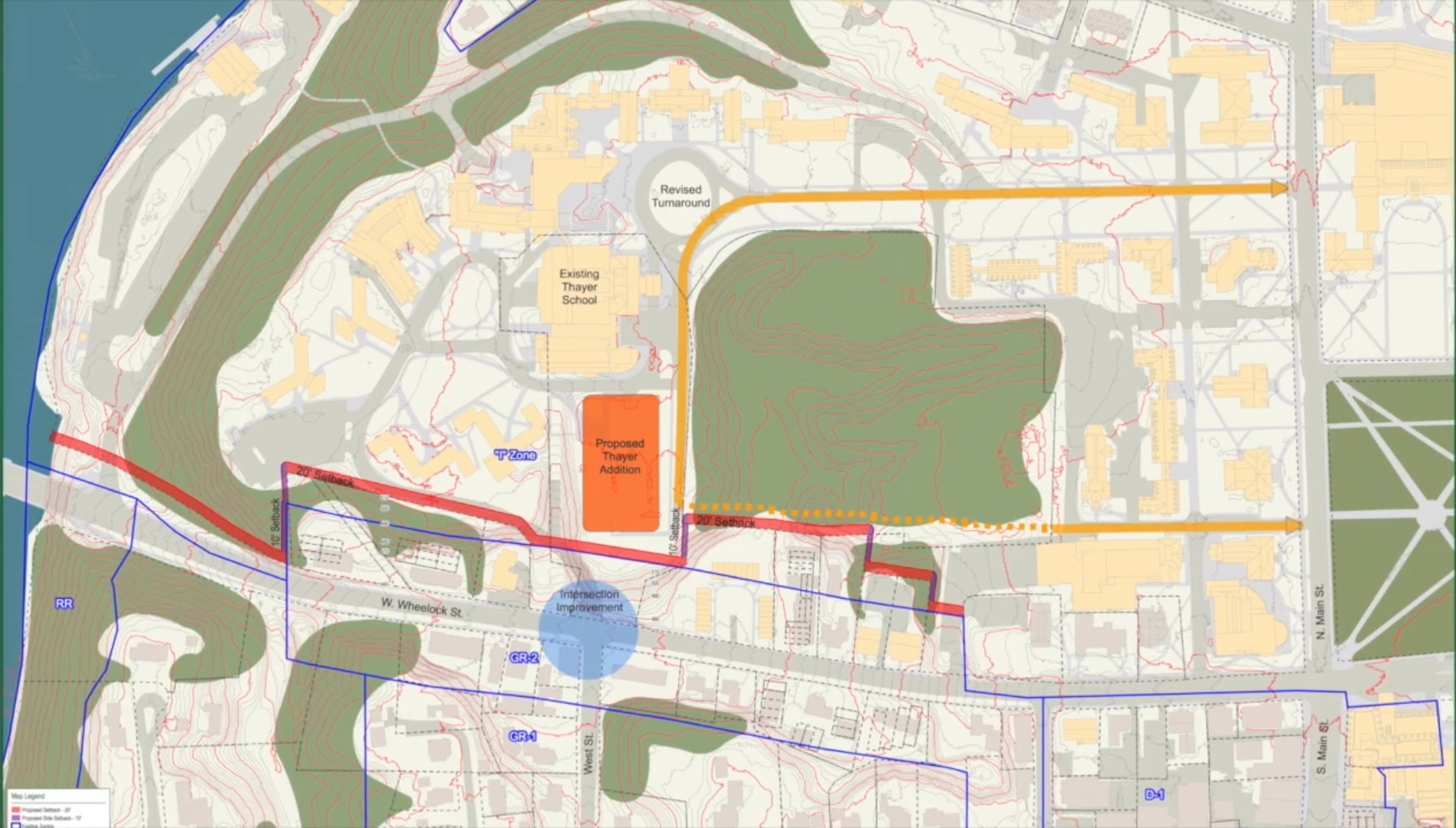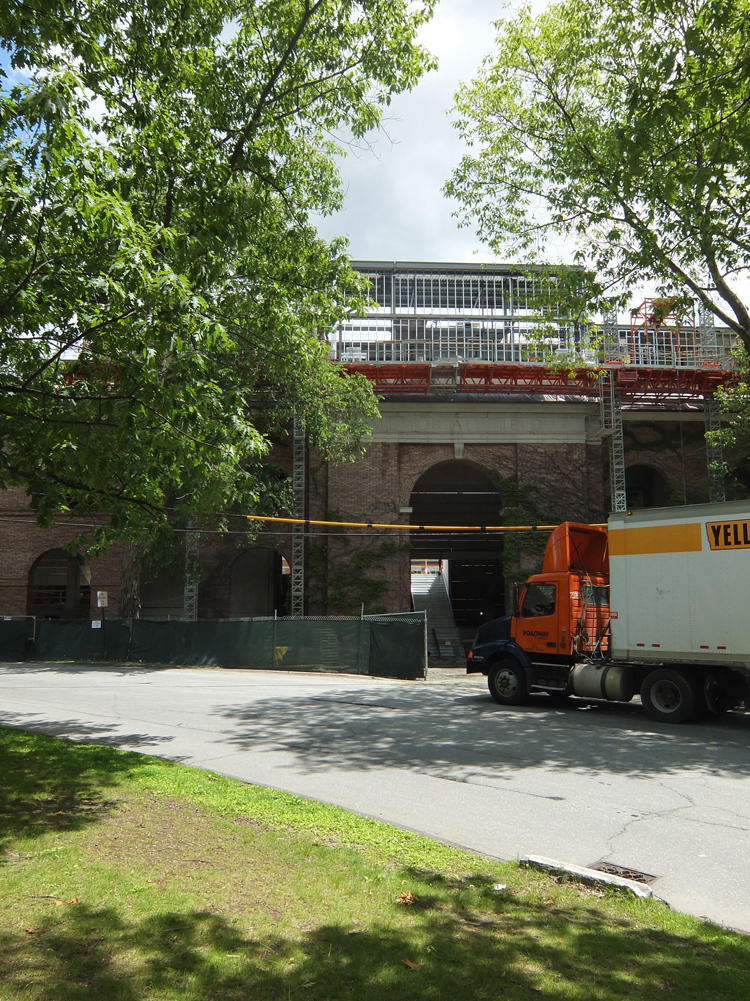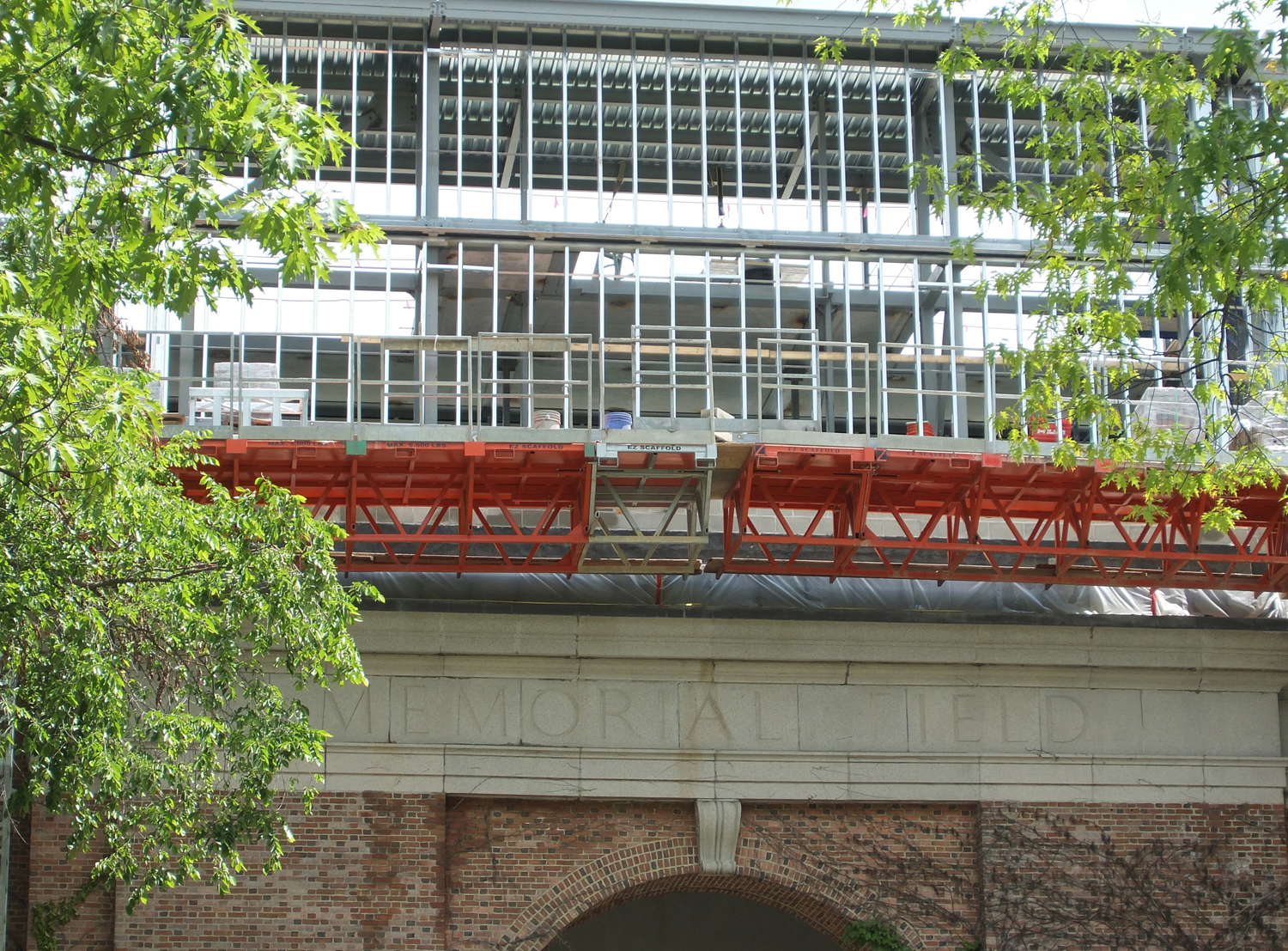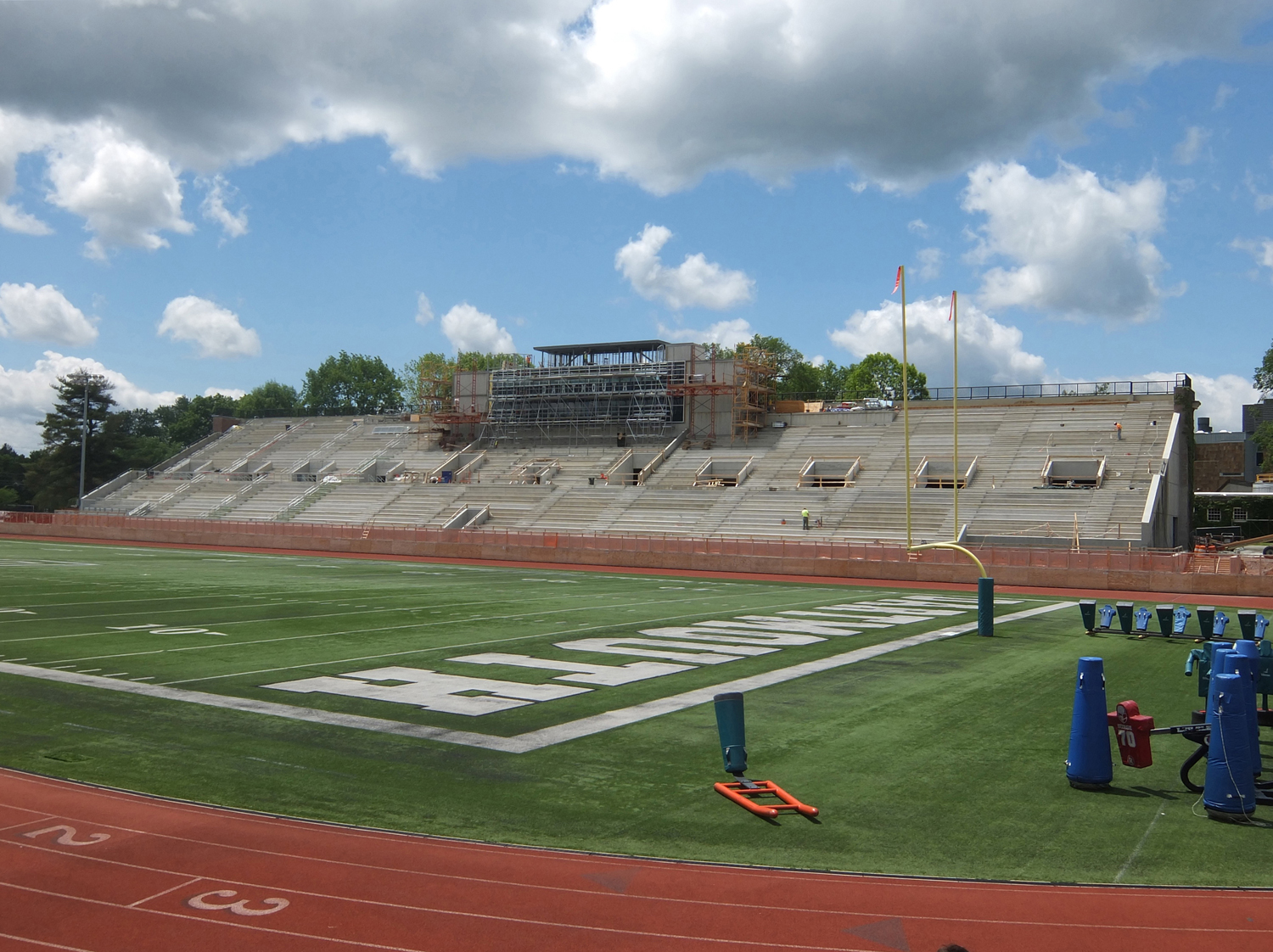Introduction
The college announced recently that it won’t upgrade its Heating Plant from No. 6 fuel oil to natural gas but will instead skip directly to a more sustainable source of energy. That energy source is likely to be biomass. Because a biomass plant will require a lot of land on which to store piles of wood chips for combustion, the site of the current Heating Plant south of Wheelock Street will not do.
The new plant
The college is mum on where the new heating plant will be built, but Dewey Field must be at the top of the list of possibilities. Dewey Field is a large, open site on Route 10 (Lyme Road) that is currently used as a parking lot. Most of the field is located outside the 10-minute walking radius that is supposed to define the limits of the campus proper. The field also is close to the northern end of the tunnel network that currently carries steam lines to the various buildings. Some posts on this site have speculated about the idea of putting a new heating plant in Dewey Field: here, here, and especially here.
Dewey Field aerial at Google Maps.
(Unfortunately for the college, Dewey Field is also close to the mansions of Rope Ferry Road. Would it be possible to locate a biomass plant on the other side of Lyme Road, up by the Corey Ford Rugby Clubhouse? Or would the inefficiency created by the long distance be too great?)
Wherever the school sites the new plant, it should be encouraged to hire an outside architect with vision. The northern gateway to Hanover is not the place for a brown, metal-sided box. While the plant at Hotchkiss might not be right for Hanover, it stands next to a golf course. It was designed by Centerbrook with civil engineering by Milone & MacBroom, both firms that have worked at Dartmouth.
Since a heating plant is a simple industrial building, it can be covered in anything. Here is an amazing plant in the Netherlands that is clad in Delft tiles.
The old plant
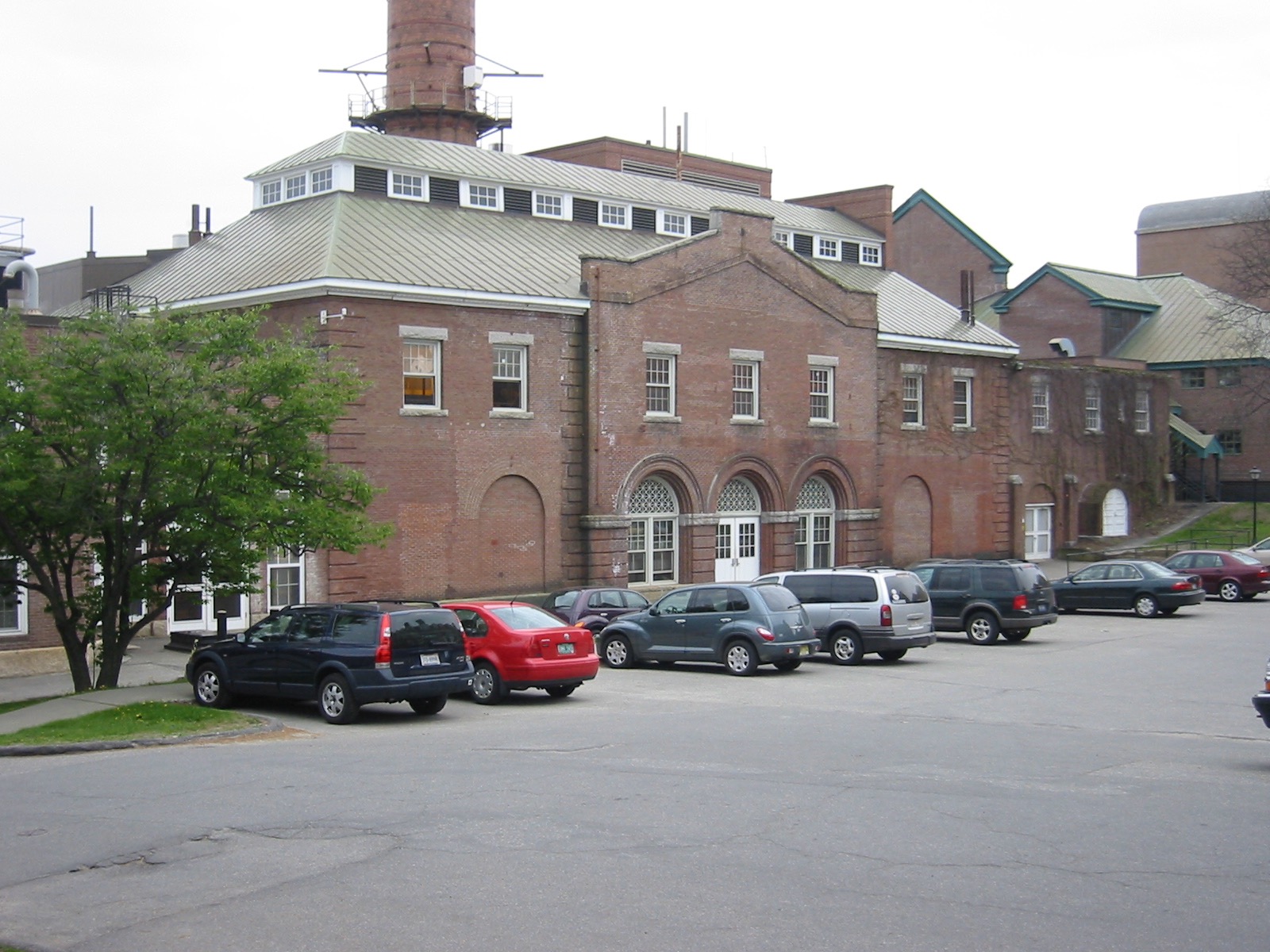 The Heating Plant.
The Heating Plant.
The old Heating Plant is one of the better examples of historic preservation at the college.
The ground level of the plant was built as a one-story Romanesque building in 1898 (Lamb & Rich, Architects). The second level was added by the college’s other important architectural firm, Larson & Wells, in 1923. In more recent history, each time the college has placed a new boiler in the building, it has dismantled a front facade bay and then built it back again — three times, in three different bays.
This website cannot stop talking about the importance of preserving the old exhaust stack, a fundamental Hanover landmark — it is an axial terminus for Lebanon Street — and an historic symbol of the traditional function of this neighborhood as Hanover’s energy district. Yale’s master plan devotes one map to showing “major vertical objects,” and this stack is one of the three most important vertical objects in Hanover. It makes no difference that the stack, built in 1958, is not “original” to the building, whatever that means for this evolving industrial structure. The stack is simply too important. It satisfies the 50-year threshold to be considered “historic” under the Secretary of the Interior’s Standards anyway. (And it goes without saying that Harry A. Wells’s wonderfully adaptable 1916 Store House on Crosby Street, seen in Google Street View, also must be retained.)
The stack as seen from Lebanon Street.
The old plant in the future
Old power plants are reused all the time: see “Adaptive Reuse for Power Plants by Studio Gang and Adjaye Associates“ and the Bruner/Cott renovation of Amherst’s 1925 power house. The only natural move would be for the college to expand the Hood Museum into the empty plant building.
The old stack should become a victory column. Or the school could install a staircase and top the column with a Classical decorative element, such as the golden flaming urn of Wren’s 1677 Monument to the Great Fire of London (Wikipedia) or William Whitfield’s 2003 Paternoster Square column, seen in Google Street View (that one was built as a ventilation shaft, Wikipedia notes). Or imagine commissioning a statue or an abstract sculpture as a new signpost for the arts at Dartmouth — and for the college as a whole.
